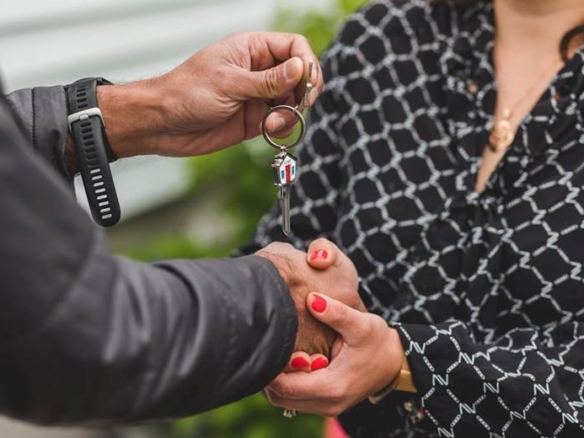
I’ve always dreamed of being able to build my own Texas lake house. This could be a place where my wife and I can spend the rest of life; something I can eventually pass down to my children, to be kept in the family for future generations. It gives you the ability to design and plan every aspect that goes into building your house. You’ll also be able to make it entirely customizable, high ceilings, large closets, and you’ll even be able to pick the crown molding you want. The first step of building your dream home is finding Texas land for sale; you have to find a location that works for you. If you decide to buy land, you tend to get a better price if you buy a large quantity. You can never have too much land. If you end up purchasing 20 acres, you could always lease the extra land to ranchers or people looking for a place to store a boat or RV. Leasing the extra land you’re not using is a great way to generate a little extra monthly income. Right now is probably the best time to purchase land in Texas. Here is everything you need to know about building your dream house.
What to Consider When Purchasing Land
• Zoning Restrictions
There are many important factors to consider before you invest in a piece of land, and you should do plenty of research to make sure there aren’t any zoning regulations on or around the property. You would hate to build your perfect house, then 3 years later end up living next door to a 6 story apartment building. You also want to make sure there aren’t any plans of building a highway or any other infrastructure through your property.
• Water Source
It’s also a good idea to figure out if your new home can be hooked up to any sort of water source, considering water is essential to living. One option is using a water tank, but you should always consider the proximity of your new home from a river, lake, or creek.
• Trees
You should also consider what type of overall landscape you’re looking for. For example, the position and amount of trees can make or break your decision if you purchase that piece of land. Trees provide shade and are beautiful to look at, but often have been known to put homes at risk, especially in harsh weather. Falling trees and branches have been able to completely demolish houses. The damages associated with falling limbs can cost homeowners thousands of dollars.
• Utilities
The only thing as important as running water has to be gas and electricity Before you purchase the land, you should find out if it is possible to have your home fitted with gas and electricity. Then you need to figure the cost to have it installed.
Figure Out What Type of House to Build
The great thing about building a house is the ability to make it completely customizable. You’ll be able to physically watch your house being built and be able to make sure that everything makes the grade, meeting your approval. You’ll no longer have to worry about low ceilings, running out of storage space, or a lack of windows. Building your own house is like painting on an open canvas. Building a house can take months to years of planning, it’s important to take your time because this will be your home for years to come.
Costs
When you decide to build your house, it’s very important to outline some sort of budget; this will keep things organized and prevent you from going broke. There are many different costs that go into building a house: labor, framing, exterior, and interior finishes. The first and most important step of the process is land excavation, which can be a bit costly. Excavation also depends on the scale of your new house, and the shape. Buying a new home typically costs anywhere from 250 to 400 thousand, which can be cheaper than building your own. When you build your own home, you’re getting everything brand spanking new and you don’t have to worry about the maintenance issues older homes typically have. The excessive amount of repairs and upkeep older homes often require can be ridiculously expensive. For example, if the furnace or water heater blows, this can cost at least $3000 to replace. Newer homes also require less upkeep, and construction typically comes with a warranty in case any sort of problem should arise.



